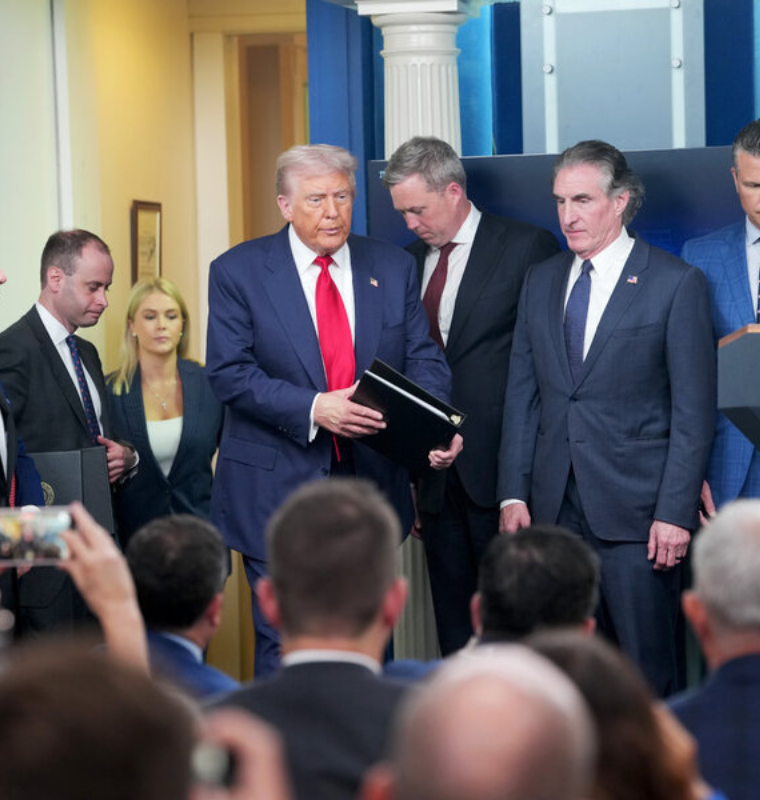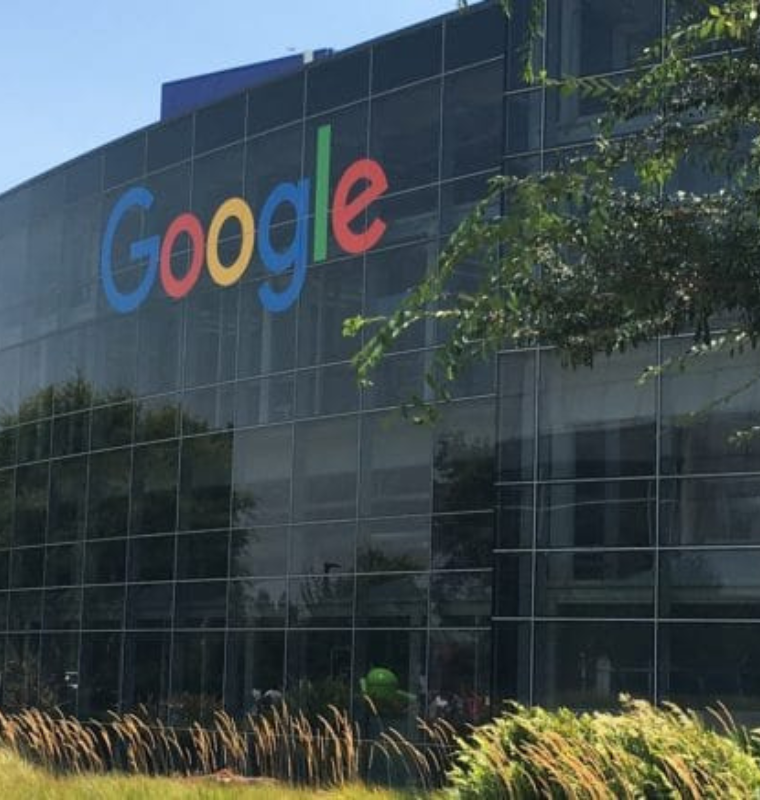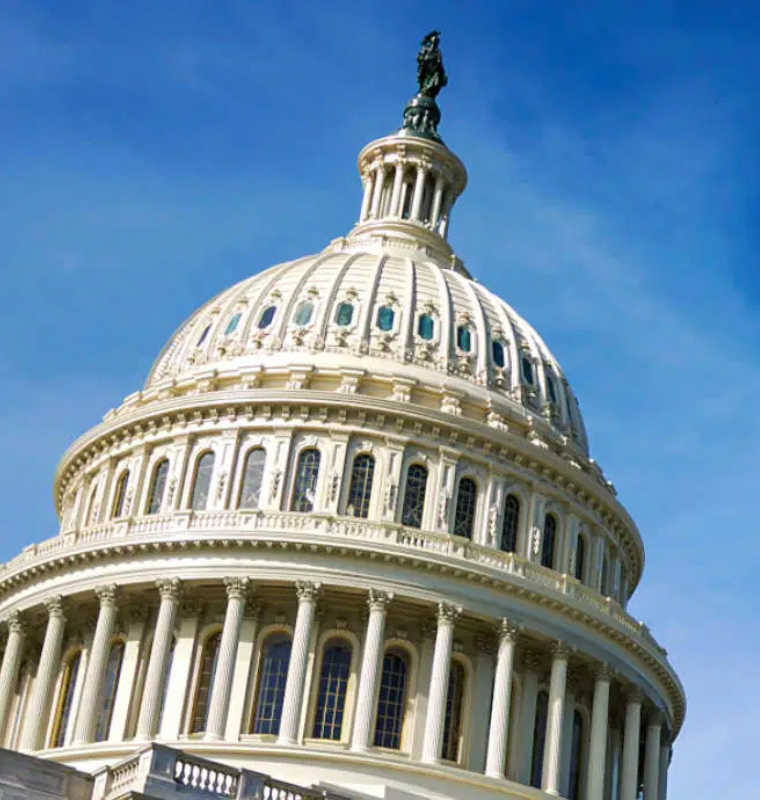AI’s Silent Takeover: How Automation Is Reshaping the Workforce Behind Closed Doors
AI’s Silent Takeover: How Automation Is Reshaping the Workforce Behind Closed Doors
By
Calder Monroe
Last updated:
July 21, 2025
First Published:
August 6, 2025

Photo: LinkedIn
AI and the New Face of Layoffs: What Companies Aren’t Telling You
Despite a strong stock market and relatively stable economic conditions, waves of layoffs are sweeping across industries. But while companies continue citing broad terms like “restructuring,” “reorganization,” and “efficiency,” experts believe there’s a deeper, more disruptive force at play: artificial intelligence.
Unlike traditional downsizing, this round of workforce reductions is increasingly tied to AI adoption, with companies hesitant to admit just how many jobs are being automated.
The Few Who Are Honest: IBM and Klarna
Tech giants IBM and Klarna are among the rare firms willing to publicly link job losses to AI systems.
- IBM’s CEO told The Wall Street Journal in May that the company had replaced 200 human resource roles with AI tools, primarily chatbots. Despite these layoffs, IBM’s overall headcount is growing, thanks to reinvestment in other departments.
- At Klarna, CEO Sebastian Siemiatkowski told CNBC that the company has downsized from 5,000 employees to around 3,000, directly attributing the drop to AI's increasing role.
“If you go to LinkedIn and look at the jobs, you’ll see how we’re shrinking,” he said.
Most Companies Are Not That Transparent
While these companies offer rare glimpses into AI’s impact, many others hide behind sanitized language. Christine Inge, an instructor at Harvard University, argues that “AI-driven workforce reshaping” is happening on a large scale, but companies are strategically avoiding public backlash by not naming AI as the culprit.
“Very few organizations are willing to say, ‘We’re replacing people with AI,’ even when that’s effectively what’s happening,” Inge said.
Jason Leverant, president of national staffing firm AtWork Group, agrees. He calls it "a game of optics", where layoffs are framed as part of efficiency drives, but the real reason is large-scale AI adoption.
The Hidden Cost of Efficiency
Many of the cuts are in departments where generative AI and automation tools have proven highly capable—content creation, HR, customer service, and operations.
“These layoffs don’t align with financial distress,” said Candice Scarborough, director of software engineering at Parsons Corporation. “They align suspiciously well with large AI rollouts.”
Instead of downsizing due to shrinking revenues, many firms are cutting jobs post-AI deployment, with earnings reports often remaining robust.
Behind the scenes, this quiet transition helps maintain employee morale and public perception, but it also raises ethical concerns about transparency.
Risks and Reversals: Why Silence Might Backfire
Taylor Goucher, VP at IT outsourcing firm Connext Global, says that many firms are discovering that AI can handle 70% to 90% of a workflow — but that "last mile" of quality assurance and judgment still requires humans.
“When the AI doesn’t work out, they quietly outsource or rehire overseas to bridge the gap,” Goucher explained.
There’s a growing realization that overestimating AI’s capabilities can lead to operational failures. Yet instead of admitting the limitations, companies often quietly pivot to hybrid solutions without acknowledging the initial job cuts were premature.
Freelancers Felt It First
The first wave of AI-driven layoffs didn’t hit full-time employees—it hit contractors and freelancers.
Over the last 2–3 years, 1099 workers in copywriting, graphic design, and video editing have routinely been told they were being replaced with AI tools.
“People are willing to say that to a 1099 person,” Inge said.
The impact is now trickling into full-time roles, but public resistance—like the backlash Duolingo faced when announcing contractor cuts tied to AI—has taught companies to speak less plainly.
Market Snapshot and What’s Next
The U.S. unemployment rate dropped to 4.1% in June 2025, signaling broad labor stability. But experts agree this calm may be misleading. The World Economic Forum’s 2025 Future of Jobs Report states that 41% of employers globally plan to reduce their workforce over the next five years due to AI.
Anthropic CEO Dario Amodei warned that tools like Claude (his firm's generative AI model) could replace up to 50% of entry-level office jobs in the near future.
The Tipping Point Is Coming
LucidWorks CEO Mike Sinoway says that even companies aggressively pursuing AI often realize they aren’t ready.
“Leaders are panicking because their AI efforts aren’t panning out. The tech isn’t replacing as much as promised,” he noted.
That may delay full transparency for now—but Inge believes a reckoning is inevitable.
“Eventually, AI's role in job loss will be so widespread that no one will be able to deny it,” she said. “By then, the job market will look completely different. The only thing workers can do now is adapt.”
Popular articles
Subscribe to unlock premium content
Disney’s Timeless Magic and How the Entertainment Giant Continues to Shape Culture and Innovation

Imran Khan’s Economic Missteps Amid Political Chaos in Pakistan

The Philippines’ Digital Shift How Remittances and BPO Are Fueling Growth

Disney’s Timeless Magic and How the Entertainment Giant Continues to Shape Culture and Innovation

Imran Khan’s Economic Missteps Amid Political Chaos in Pakistan

Disney’s Timeless Magic and How the Entertainment Giant Continues to Shape Culture and Innovation









